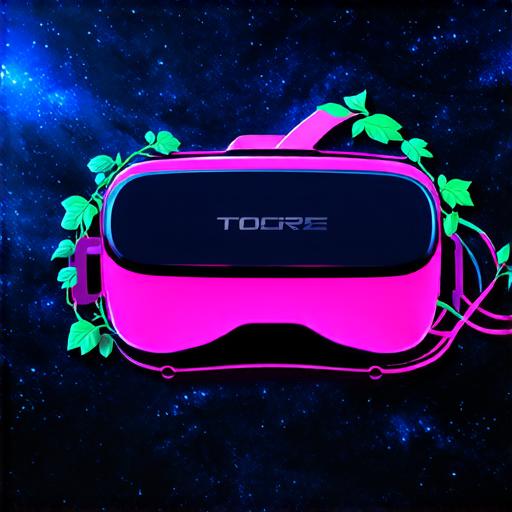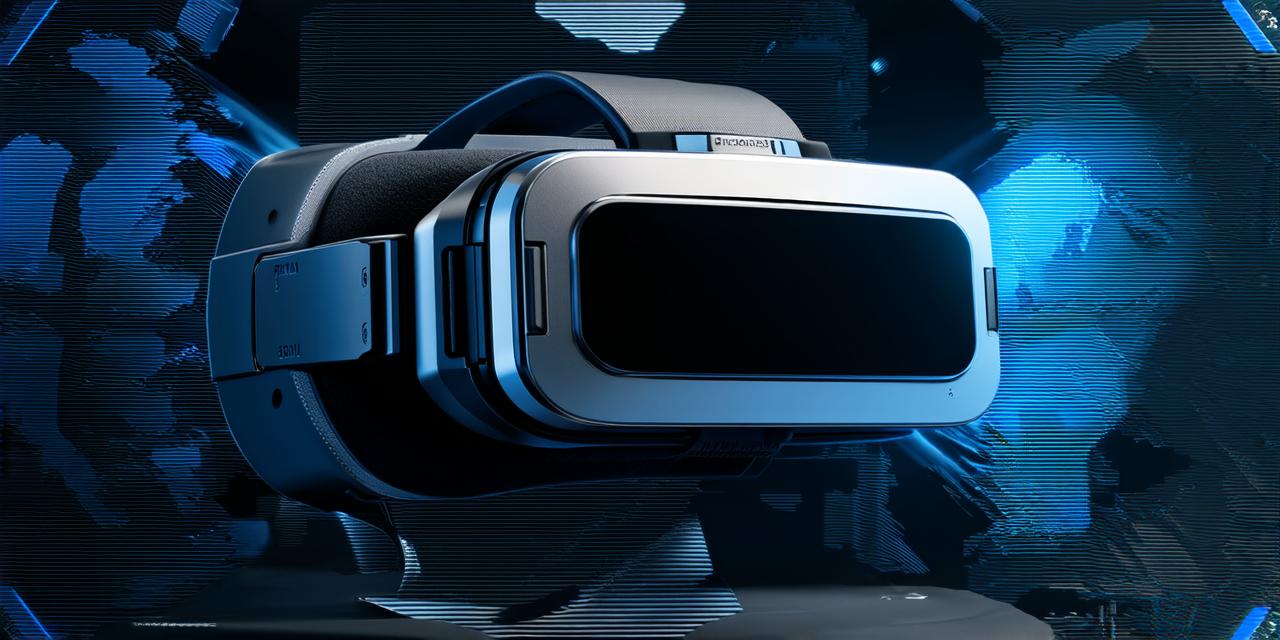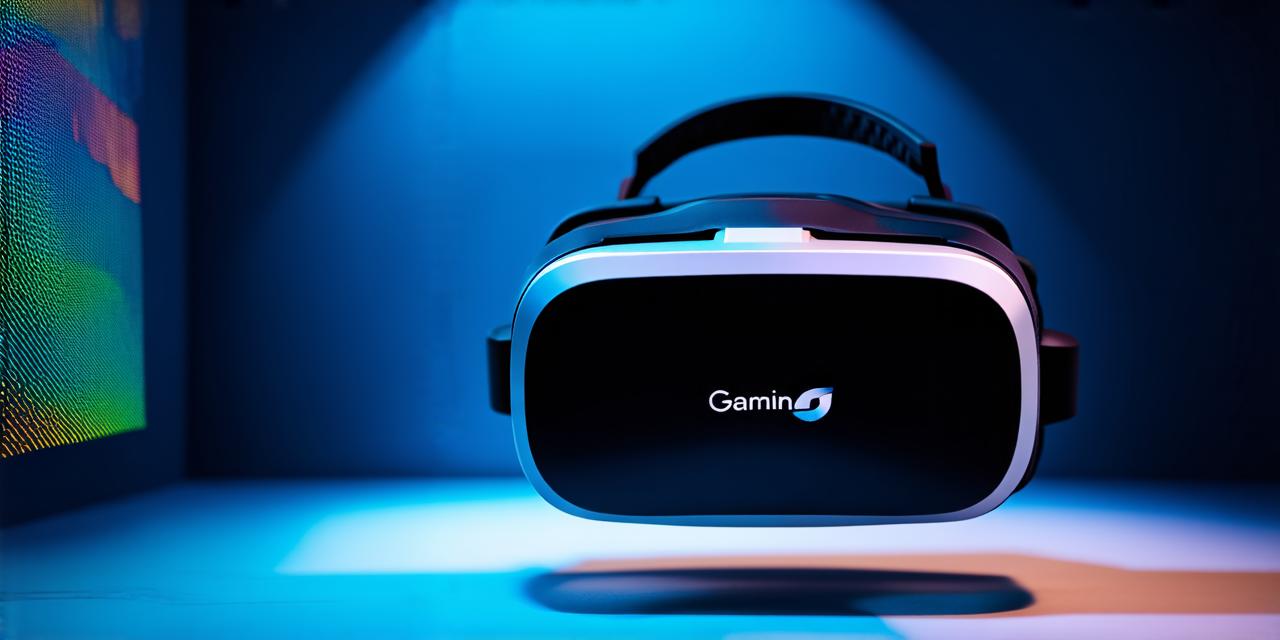
Is virtual reality a digital technology?

Virtual reality (VR) is a digital technology that simulates a 3D environment in which users can interact in a seemingly real or physical way.
VR systems typically involve a head-mounted display (HMD), sensors, and tracking devices that allow the user to move and interact with virtual objects within the simulation.
At its core, virtual reality is a digital technology because it relies on computer algorithms and software to create and manage the simulated environment. The HMD displays digital images and videos that are generated by the VR system’s software, while sensors and tracking devices capture data about the user’s movements in the real world and translate them into corresponding actions within the virtual environment.
However, it is important to note that virtual reality is not just a digital technology; it also involves physical elements such as the HMD and tracking devices, which must be properly designed and manufactured to create an immersive and realistic experience for the user. Additionally, VR systems often require powerful computers and high-speed internet connections to function effectively, making them dependent on other forms of digital technology as well.
In summary, virtual reality is a digital technology that combines software, hardware, and physical elements to create a simulated 3D environment in which users can interact. While it relies heavily on digital components, VR also requires careful design and manufacturing of physical devices, as well as access to powerful computing resources, to deliver an immersive and realistic experience.

